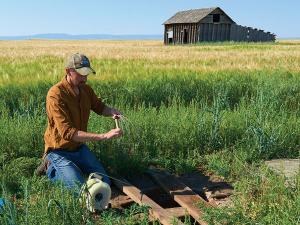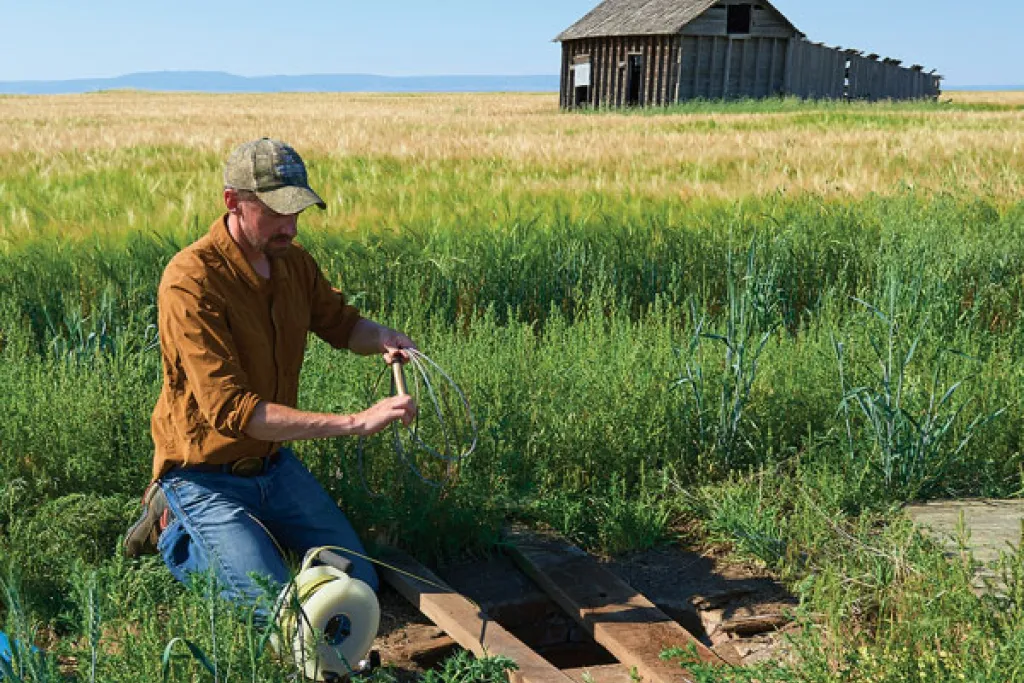
Historically, groundwater in the shallow aquifers of this area has contained a high level of nitrate, which can pose health risks to the community. Researchers from Montana State University (MSU), including MSU Extension, and Utah State University partnered with the community to identify the causes of the high nitrate concentration and try out agricultural practices that might reverse the problem.
A four-year study that has led to ongoing research in the area, the Judith River Watershed Nitrogen Project, funded by a grant from USDA’s National Institute of Food and Agriculture, has brought the university’s land-grant mission to life using applied science to serve the needs of a rural Montana community. For more information, read the MSU article.
Farm Bill Priority Areas
Bioenergy, natural resources, and environment
U.S. States and Territories
Montana
Utah

